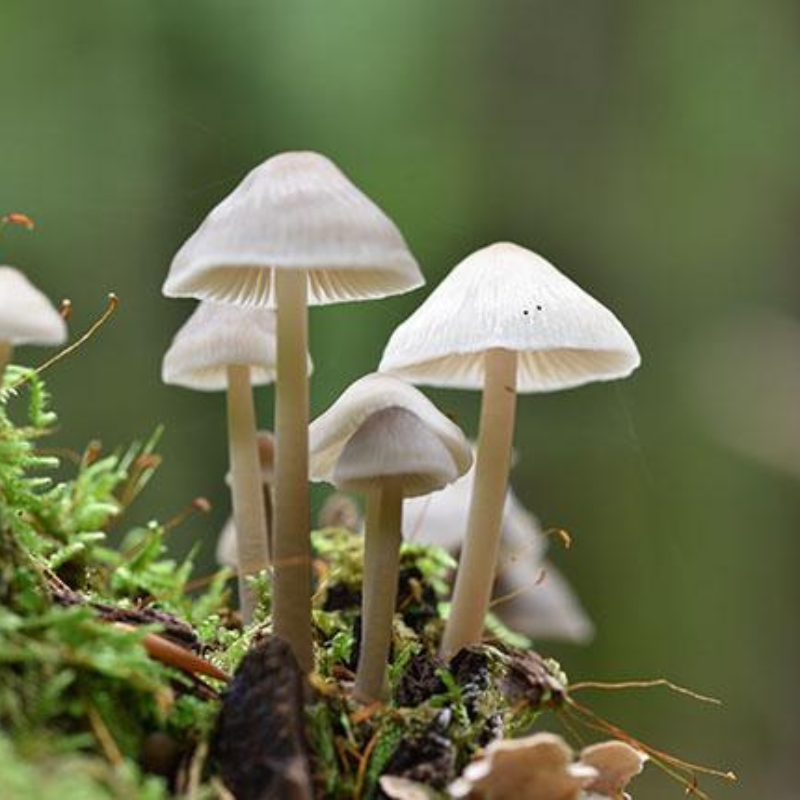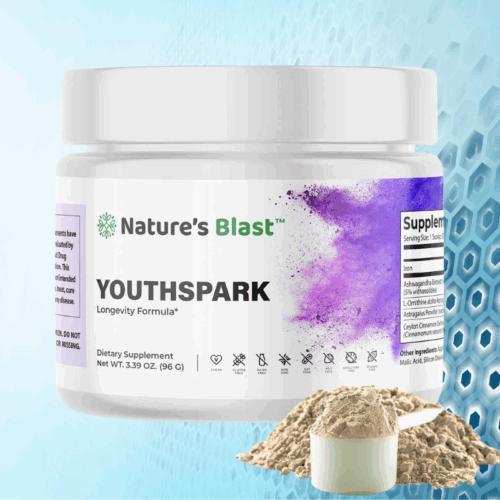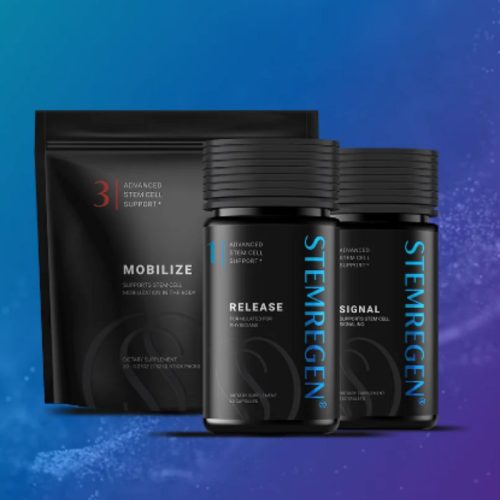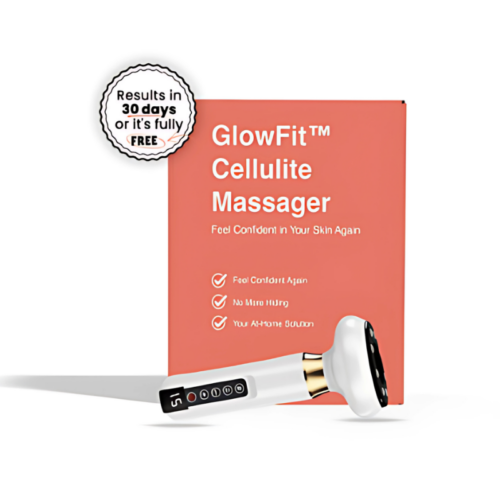Unlock the potential of longevity with our groundbreaking psilocybin treatment! Scientifically formulated to extend cellular lifespan, this natural compound promotes cellular health and vitality. With proven effects in reducing oxidative stress and preserving telomere length, our treatment enhances overall well-being and may improve survival rates in aging populations. Ideal for those seeking innovative solutions for healthier aging, this product stands out as a safe, effective option backed by research. Experience the transformative benefits of psilocybin and take a step towards a longer, healthier life today! Choose vitality—choose psilocybin for your wellness journey.
Description
The use of psychedelics has long been associated with altered states of consciousness, spiritual exploration, and more recently, therapeutic applications in mental health. But a groundbreaking new study has taken the conversation into an entirely unexpected domain: cellular aging. In a 2025 study published by researchers at Emory University and Baylor College of Medicine, scientists discovered that psilocin, the active metabolite of psilocybin, can extend the lifespan of human cells in vitro and increase survival in aged mice.
This research represents a potential leap forward in the field of geroscience—the study of biological aging and how to slow, prevent, or even reverse it. The implications of these findings are profound, possibly marking the beginning of a new class of psychedelic-based longevity therapeutics.
Understanding the Background
Psilocybin is a naturally occurring psychedelic compound found in certain mushrooms. Once ingested, it is rapidly converted in the body to psilocin, the molecule that interacts with serotonin receptors, particularly 5-HT2A. Traditionally, psilocybin has been explored for its impact on depression, PTSD, and addiction. However, serotonin receptors are found not only in the brain but throughout the body, including in the gut, immune cells, and even fibroblasts.
This new direction of research investigates whether psilocin’s influence on these receptors could yield system-wide effects, including slowing cellular aging.
The Laboratory Evidence: Human Cell Cultures
To investigate this question, scientists treated two types of human fibroblast cells—lung (MRC-5) and skin (BJ)—with different concentrations of psilocin. These fibroblasts were monitored over time to assess their proliferation rate, molecular aging markers, and time to senescence.
Key Findings in Cell Cultures
-
Lifespan Extension: Lung fibroblasts treated with 10 micromolar psilocin lived about 29% longer, while those treated with 100 micromolar extended by an impressive 57%. Skin fibroblasts also saw a 51% extension.
-
Molecular Markers: Psilocin-treated cells showed reduced expression of aging-associated proteins such as p21 and p16, while markers of cell proliferation like PCNA and pRB increased.
-
Stress Resistance: There was a notable reduction in oxidative stress markers, and increased expression of Nrf2, a protein that helps regulate the body's antioxidant response.
-
Telomere Preservation: Treated cells maintained telomere length significantly better than untreated controls, suggesting slower cellular aging.
-
SIRT1 Activation: Levels of the longevity-linked gene SIRT1 were elevated in treated cells, which is associated with improved stress response and cellular maintenance.
These cellular outcomes provide robust evidence that psilocin not only delays senescence but actively promotes longevity at a cellular level through multiple pathways.
The Mouse Model: Psilocybin Extends Life in Aged Animals
To validate the findings in a living organism, researchers turned to a commonly used model of aging—C57BL/6J mice. These female mice were already 19 months old at the start of the study, comparable to 60–65 human years. Over a period of 10 months, the mice received oral doses of psilocybin.
Dosing Schedule
-
Month 1: 5 mg/kg
-
Months 2–10: 15 mg/kg, once monthly
Observed Benefits
-
Survival Rate: By the end of the study, 80% of the psilocybin-treated mice remained alive, compared to only 50% of those in the control group.
-
Healthier Phenotype: Treated mice exhibited healthier fur, reduced white hairs, and signs of improved skin and coat quality.
-
No Toxic Effects: There was no indication of liver toxicity, behavioral abnormalities, or organ damage.
These results support the hypothesis that even late-in-life administration of psilocybin can significantly enhance both lifespan and healthspan in mammals.
Biological Mechanisms at Play
The study offered several theories to explain these remarkable effects.
-
SIRT1 Upregulation: Psilocin appears to elevate SIRT1, a gene associated with improved metabolism, DNA repair, and anti-inflammatory effects.
-
Antioxidant Boost: Increased activity of Nrf2 helped protect against oxidative damage, a major driver of aging.
-
Reduced DNA Damage: Lower expression of GADD45a and fewer DNA strand breaks were observed in psilocin-treated cells.
-
Cell-Cycle Control: Improved cell-cycle regulation was evident, with decreased arrest signals and continued proliferation without mutation.
-
Telomere Stability: The preservation of telomere length suggests that psilocin supports chromosomal integrity over time.
-
Peripheral Serotonin Receptors: The presence of serotonin receptors throughout the body may mediate systemic benefits beyond the brain.
Together, these pathways touch on several of the “Hallmarks of Aging”—a framework identifying the key processes that drive cellular and systemic aging.
Significance of the Study
This research marks the first time a psychedelic compound has been shown to extend life at the cellular and organismal level. The implications are vast.
Integration with Existing Therapies
Given the current momentum around psilocybin in psychiatric research, the possibility of combining mental health and longevity interventions in one compound could redefine how we approach aging and wellness.
Accessibility and Timeline
Psilocybin is already under accelerated clinical development in the United States and Europe for depression and PTSD. If approved and commercialized, studies into its anti-aging properties could follow rapidly.
Geroscience and Preventive Health
Adding psilocybin to the growing list of potential geroprotective agents, like metformin, rapamycin, and NAD+ precursors, places it at the cutting edge of preventive aging medicine.
Limitations and Areas for Further Research
As promising as the findings are, the study raises important questions.
-
Human Trials Needed: No studies to date have tested psilocybin’s systemic effects on aging in humans. Controlled trials are essential.
-
Dose and Duration: Determining the optimal dose for longevity—especially without psychedelic side effects—remains a challenge.
-
Sex-Specific Effects: Only female mice were used in the study. Future research should include both sexes.
-
Oncogenic Risk: Extended cell lifespan can sometimes promote cancer. Long-term monitoring is essential to rule out risks.
-
Regulatory Path: As a Schedule I compound in many countries, widespread use of psilocybin faces legal and bureaucratic barriers.
Despite these caveats, the study opens the door to a previously unexplored function of psychedelics: delaying or reversing biological aging.
10 Common Questions About Psilocybin and Cellular Longevity
1. What does this study show in simple terms?
It demonstrates that psilocin can slow aging in cells and help aged mice live longer.
2. Is psilocybin now considered an anti-aging drug?
Not yet. More research, especially in humans, is needed before any medical claims can be made.
3. How does it work on aging?
Through multiple mechanisms, including reducing oxidative stress, improving DNA repair, and maintaining telomeres.
4. Will taking magic mushrooms help me live longer?
There is no evidence that recreational psilocybin has anti-aging effects. The study used purified compounds under strict conditions.
5. Can this be combined with existing supplements?
Possibly, but there are no studies on interactions between psilocybin and other anti-aging compounds yet.
6. Are there any risks involved?
While low-dose psilocybin appears safe, high doses or unsupervised use may carry psychological or physiological risks.
7. How soon could this be used clinically?
If aging-related trials begin soon and succeed, applications could emerge within 5–10 years.
8. What about people with chronic diseases?
This study only looked at healthy aged mice. Trials in disease models or humans with age-related conditions are needed.
9. Is microdosing the same as what was used in the study?
Not quite. The doses in the mouse study were higher and less frequent. Microdosing hasn't been shown to affect cellular aging.
10. Where can I follow future research?
University research labs, clinical trial registries, and academic journals in gerontology and psychedelics are great places to monitor.
Final Thoughts: The Future of Psychedelic Longevity
In recent years, the fields of mental health, neuroscience, and longevity have become increasingly intertwined. Psilocybin, once dismissed as a recreational drug, has now emerged as a potentially life-extending compound with broad-reaching effects. This study brings us closer to a world where a single molecule can improve mental resilience, reduce chronic stress, and slow biological aging—a trifecta once considered science fiction.
The journey from a mycological curiosity to a therapeutic breakthrough is far from over, but the science is catching up to the promise. With rigorous research and thoughtful regulation, we may soon witness a new era where aging gracefully is not just about adding years to life—but life to years.
If you're passionate about longevity science, this study is one you’ll want to keep an eye on. The future of anti-aging may just be psychedelic.




